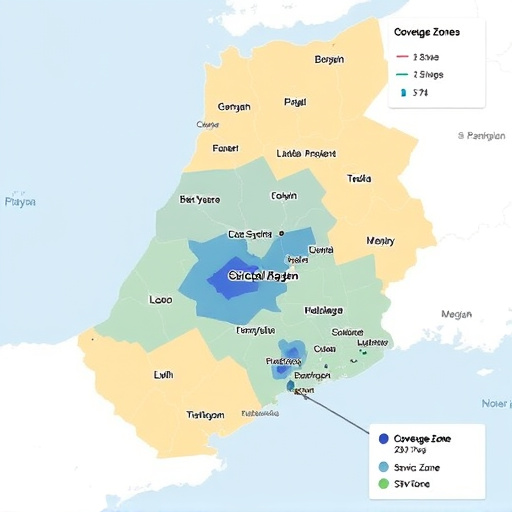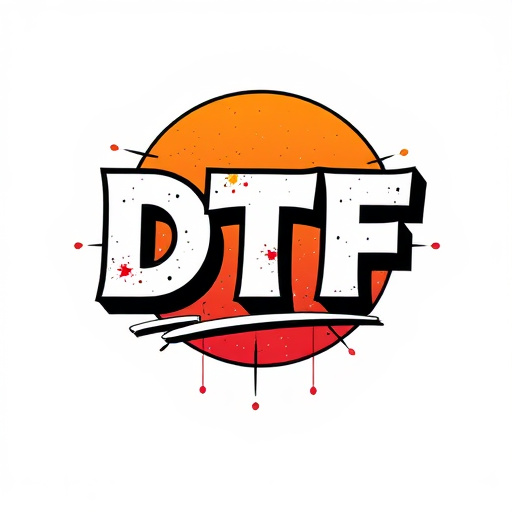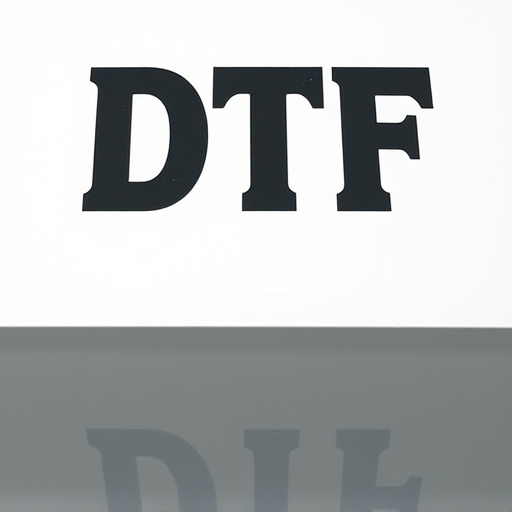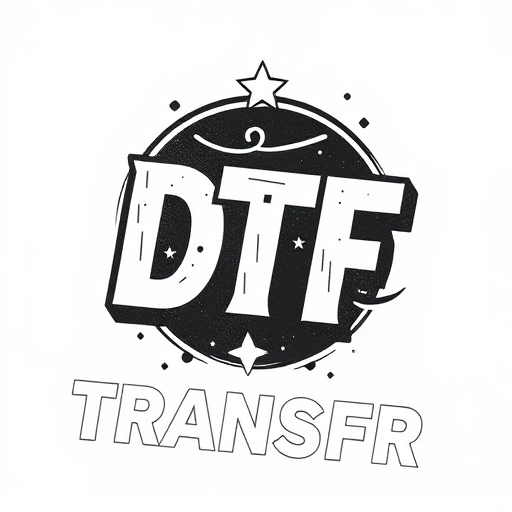Direct to Film (DTF) transfer technology has revolutionized printing by enabling precise reproduction of intricate designs with thin lines. Ideal for high-resolution logos, complex patterns, and artistic designs, DTF offers unparalleled precision, color accuracy, and substrate versatility. Choosing the right DTF material based on project needs, utilizing specialized software and printers, and meticulous attention to detail are crucial for achieving top-quality DTF prints. This technology is widely used in automotive, apparel, and decorative industries for custom uniforms, promotional merchandise, and vibrant outdoor displays.
In the realm of precision printing, DTF (Direct to Film) transfer technology stands out for its ability to accurately reproduce thin lines and intricate details. This innovative process has revolutionized various industries by offering a cost-effective and versatile alternative to traditional printing methods. From meticulous design work in fashion to detailed circuit patterns in electronics, DTF printing ensures flawless outcomes. This article explores the intricacies of DTF transfer technology, highlighting its advantages, material choices, application processes, and diverse industry uses.
- Understanding DTF Transfer Technology
- Advantages of Using DTF for Reproducing Thin Lines
- Choosing the Right DTF Material for Your Print
- The Process of Creating and Applying DTF Prints
- Tips for Achieving High-Quality, Detailed DTF Transfers
- Applications of DTF Printing in Various Industries
Understanding DTF Transfer Technology
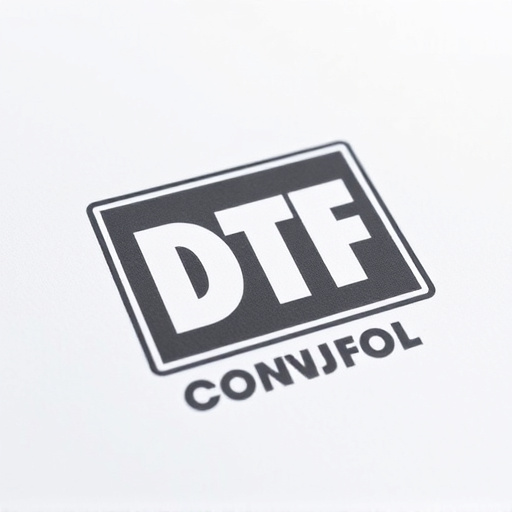
The world of printing has seen a significant evolution with the advent of DTF (Direct to Film) Transfer Technology. This innovative process is revolutionizing the way intricate designs, especially those featuring thin lines and delicate details, are reproduced. Unlike traditional printing methods, DTF transfers offer a direct and precise method of applying graphics to various surfaces, making it a favorite among professionals in industries ranging from automotive to apparel.
DTF Printing involves creating a film that bears an exact mirror image of the desired design. This film is then carefully applied to the substrate using specialized equipment, ensuring each line and detail aligns perfectly. The result is a crisp, clear print that retains the original artwork’s integrity. DTF prints are renowned for their exceptional quality, making them ideal for creating high-resolution logos, complex patterns, and artistic designs that demand precision and accuracy.
Advantages of Using DTF for Reproducing Thin Lines
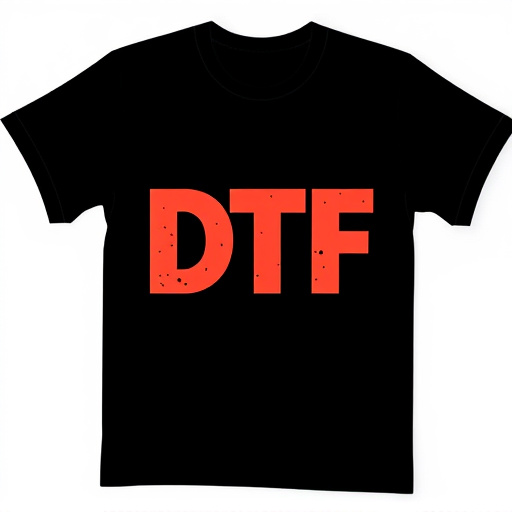
Using DTF (Direct to Film) transfer technology offers significant advantages when it comes to reproducing thin lines and intricate details in printing. This advanced method allows for an unparalleled level of precision, ensuring that even the most delicate lines and patterns are accurately transferred onto various materials. DTF provides a smooth and consistent surface, enabling printers to achieve fine line accuracy without compromise. The process involves exposing high-resolution film to UV light, creating a mask that precisely mimics the design. This mask is then used to transfer the image onto the substrate, resulting in crisp, clean lines regardless of their thickness.
DTF printing is particularly advantageous for applications requiring detailed artwork, such as graphic novels, comics, and fine art reproductions. It allows artists and designers to capture intricate line work with remarkable clarity, enhancing the overall visual impact. Moreover, DTF transfers offer superior color accuracy, ensuring that subtle tonal variations and hues are preserved, making it an ideal choice for creating high-quality prints and artwork.
Choosing the Right DTF Material for Your Print

When it comes to achieving precise and detailed prints with thin lines, selecting the appropriate DTF (Direct-to-Fabric) material is key. Different DTF films offer varying levels of resolution and ink adhesion, so choosing the right one depends on your project’s specific requirements. High-resolution DTF materials are ideal for intricate designs with fine lines as they capture minute details accurately. These materials often feature advanced coatings that ensure exceptional ink transfer, resulting in crisp and clear prints on various fabrics.
For DTF printing, consider material options tailored to different fabric types, such as cotton, polyester, or blended fabrics. Each fabric has its unique characteristics, influencing the final print quality. For instance, smooth, tightly woven fabrics like polyester tend to yield more precise lines, while slightly textured or natural fabrics may require specific DTF films that offer better ink adhesion. Understanding these considerations will enable you to select the best DTF transfer for creating stunning, detail-rich prints.
The Process of Creating and Applying DTF Prints

The process of creating and applying DTF (Direct to Fabric) prints involves several precise steps to ensure thin lines and intricate details are accurately reproduced on various fabrics. Firstly, designers use specialized software to create or edit artwork, incorporating fine lines and delicate elements that require meticulous attention. This digital file is then prepared for printing, ensuring the correct resolution and color profiles for optimal output.
Once ready, the DTF transfer is printed onto a high-quality paper using advanced inkjet printers. The inks used are specifically formulated to adhere strongly to fabrics while maintaining their vibrancy. After printing, the DTF transfer is carefully cut along the design contours, creating individual elements that can be precisely applied to the fabric. This method allows for detailed and accurate reproduction of complex patterns, making it ideal for creating precise, high-resolution designs on a variety of materials.
Tips for Achieving High-Quality, Detailed DTF Transfers
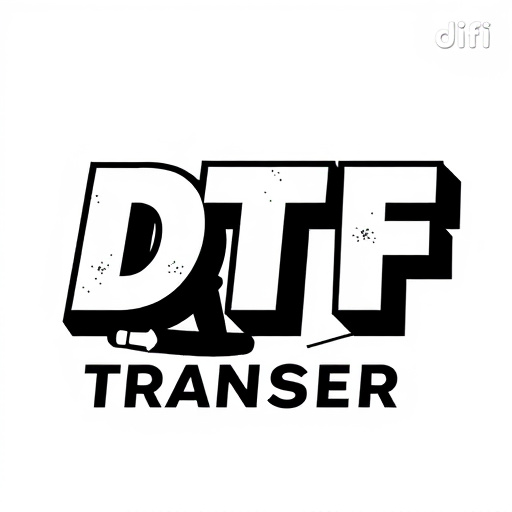
To achieve high-quality, detailed DTF (Direct to Film) transfers, precision and attention to detail are key. Start by using top-tier DTF film and printers designed for intricate work—cheap alternatives may sacrifice line accuracy. Calibrate your printer regularly to ensure consistent performance.
When preparing the design, use vector graphics whenever possible as they scale better than raster images. Clean up your artwork, removing any unnecessary elements or noise that could distort lines during printing. Consider increasing the resolution if needed and test prints on scrap material to fine-tune settings for optimal results.
Applications of DTF Printing in Various Industries
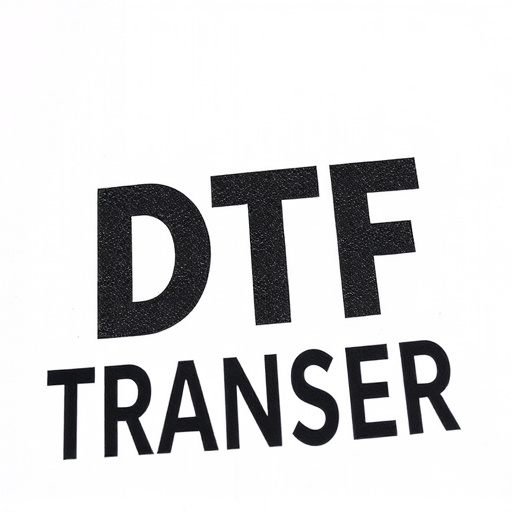
The versatility of Direct to Fabric (DTF) Printing has made it a game-changer across multiple industries. This advanced printing technique is particularly celebrated for its ability to produce high-quality, detailed prints on various fabrics, making it an ideal choice for custom apparel, uniform manufacturing, and even decorative items like home textiles. DTF Transfers excel in reproducing intricate designs, including thin lines and delicate details, with remarkable accuracy. This feature is a boon for artists and designers who require precise control over their artwork’s final output.
Beyond the creative realm, DTF Printing has found applications in sectors such as sportswear, where it facilitates the creation of personalized team uniforms with distinctive logos and numbers. In the world of advertising, DTF Prints enable businesses to produce eye-catching promotional merchandise, like custom tote bags or t-shirts, enhancing brand visibility. Moreover, its use in flags and banners ensures vibrant, detailed designs that can be displayed outdoors, making it a preferred choice for events and marketing campaigns.





